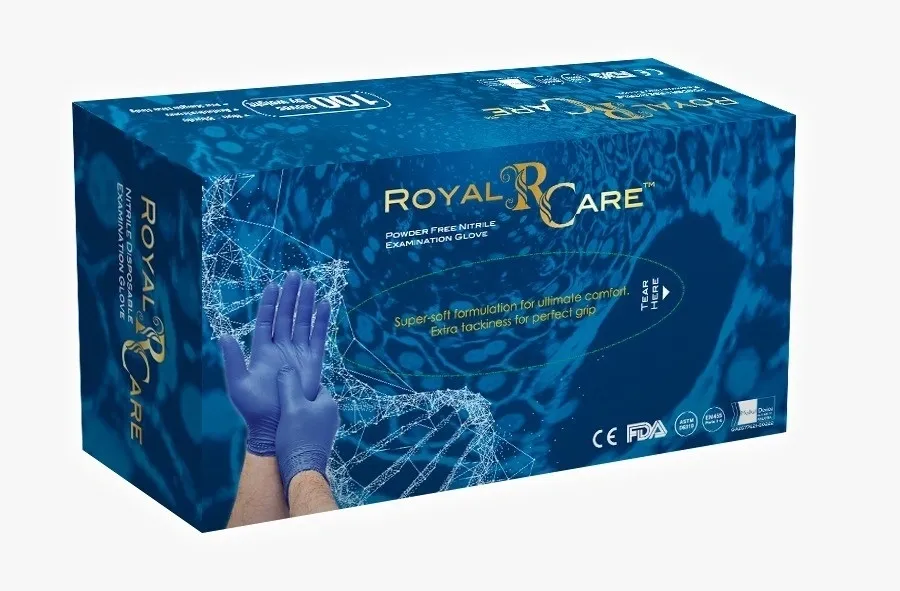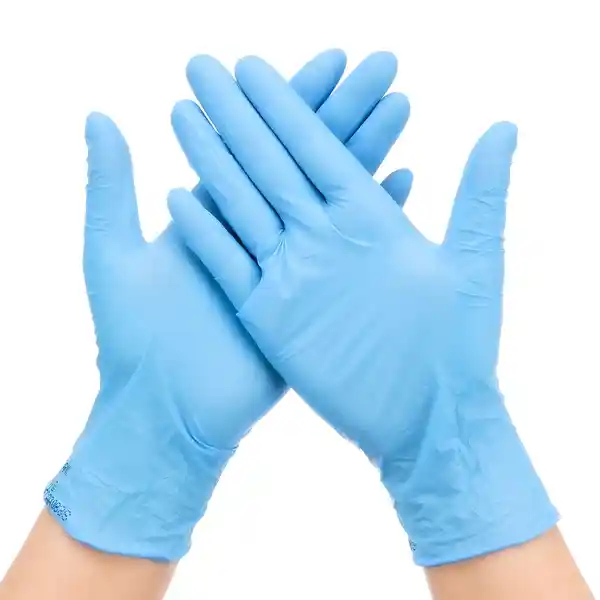Sell in Pack or OEM your own Brand
Disposable gloves are an essential item in any healthcare environment. They not only protect healthcare providers and patients from exposure to potentially dangerous microbes, they also help set a precedent of hygiene and care across the industry. While this shouldn’t come as a surprise, what you might not have realized is that disposable gloves aren’t all created equal.
Different materials and design choices make certain products better suited for different medical environments. And if you order the wrong type of glove for your practice, you may end up wasting resources and increasing the risk of punctures, rips, and tears.
Disposable gloves are generally made from one of three materials: nitrile, latex, or vinyl. In this blog, we’ll explore what makes these gloves different from each other, as well as offer guidance into which environments each type is best suited for.
Nitrile gloves
Nitrile gloves came to prominence in the 1990s as a leading latex alternative. While they’re not as elastic or flexible as their latex counterparts, disposable nitrile gloves are notably more durable and resistant to chemicals. As such, these gloves are the ideal choice for anyone who has to handle potentially hazardous and corrosive chemicals. They are also perfectly suited for most medical environments, being exceptionally puncture-resistant and eliminating the risk of latex allergy reactions.
Latex gloves
For decades, latex has been the rockstar of the medical disposable glove world. This is because, as noted by Darwin Brown in Physician Assistant, latex gloves were recommended protection in the 1980s and 1990s against bloodborne pathogens like HIV. But as their popularity increased, so did cases of allergic reactions. This led to more demand for latex-free disposable glove alternatives, like nitrile and vinyl. For those who aren’t allergic, latex gloves are comfortable, relatively cost-effective, and offer a high degree of touch sensitivity.
With high levels of flexibility, protection, and comfort, disposable latex gloves are suitable for most medical environments — as long as latex allergies are not an issue.














